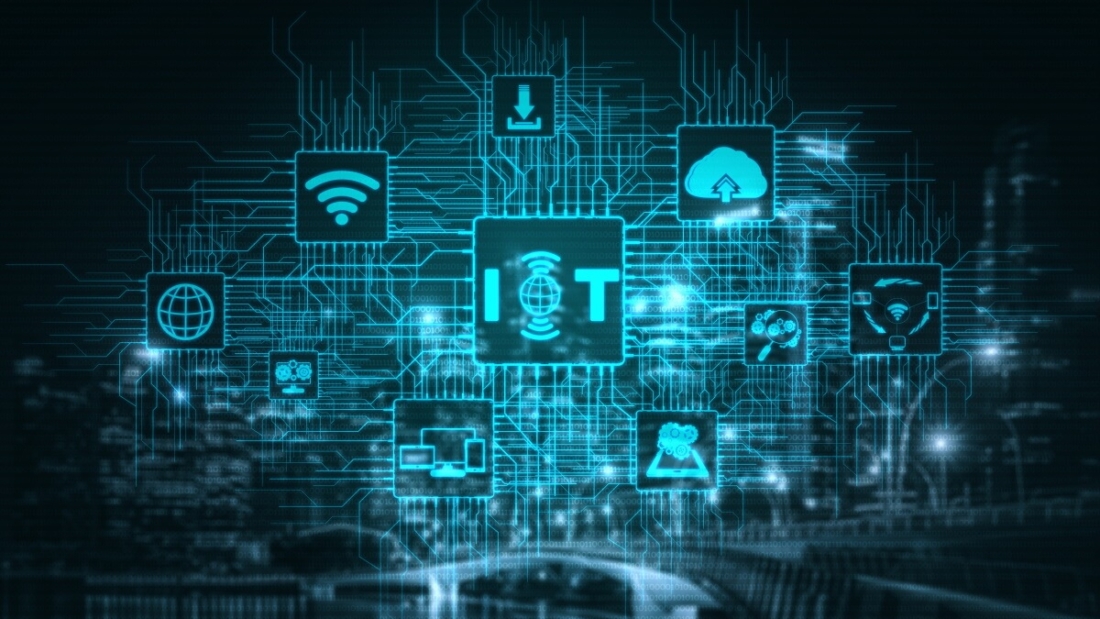Table of contents
- Understanding IT Asset Management (ITAM)
- Key Objectives and Benefits of ITAM
- History and Evolution of ISO 19770
- Structure of ISO 19770 Series
- ISO 19770-1: ITAM Systems Requirements
- ISO 19770-2: Software Identification Tags (SWID)
- ISO 19770-3: Software Entitlement Tagging
- ISO 19770-4: Resource Utilization Measurement (RUM)
- ISO 19770-5: Overview and Terminology
- ISO 19770-6: IT Asset Tagging with Information Security
- Conclusion
- Contact EIQM
Understanding IT Asset Management (ITAM)
IT Asset Management (ITAM) is a structured process for tracking and managing an organization’s technology assets, such as hardware, software, networks, and services. The primary goal of ITAM is to maximize the value of IT assets throughout their lifecycle. Effective ITAM helps organizations avoid unnecessary spending, minimize security risks, and ensure that they comply with regulatory and licensing requirements.
Key Objectives and Benefits of ITAM
- Cost Efficiency: Reduce unnecessary expenses by ensuring optimal use of technology resources.
- Regulatory Compliance: Meet legal and regulatory requirements, especially for software licensing.
- Security: Minimize risks of cyber threats by maintaining visibility of all IT assets.
- Operational Efficiency: Improve productivity by ensuring assets are correctly maintained and available when needed.
History and Evolution of ISO 19770
The ISO 19770 standard was first introduced in 2006 to provide a structured approach to IT asset management. Over the years, ISO has expanded and revised this standard to meet the evolving needs of IT environments. The addition of new parts, such as software tagging and entitlement tracking, reflects the increasing complexity and significance of ITAM in modern organizations.
Structure of ISO 19770 Series
This standard is organized into multiple parts, each focusing on a unique aspect of IT asset management. This modular structure allows organizations to implement the components that best align with their specific ITAM needs. Here’s a breakdown of each part:
- ISO 19770-1: General ITAM system requirements.
- ISO 19770-2: Software identification tagging (SWID) standards.
- ISO 19770-3: Software entitlement tagging.
- ISO 19770-4: Resource utilization measurement.
- ISO 19770-5: Overview and terminology.
- ISO 19770-6: Asset tagging with information security measures.
ISO 19770-1: ITAM Systems Requirements
ISO 19770-1 outlines the general requirements for a comprehensive ITAM system. It focuses on the processes and procedures an organization must adopt to establish a successful ITAM program. These standards ensure that IT assets are efficiently managed across their entire lifecycle, from acquisition to disposal.
Key Principles and Standards
- Lifecycle Management: Emphasizes managing assets from procurement to disposal.
- Policy Creation: Ensures organizations establish policies for tracking and managing IT assets.
- Data Accuracy: Requires regular updates to asset data for accurate tracking.
- Risk Mitigation: Focuses on reducing risks through standardized processes.
ISO 19770-2: Software Identification Tags (SWID)
This standard addresses software asset management by introducing Software Identification Tags (SWID). These tags provide essential metadata about software applications, making it easier for organizations to track and manage software installations.
Role of SWID Tags in ITAM
- Software Tracking: SWID tags help identify and monitor software, ensuring compliance with licensing terms.
- Improved Accuracy: Tags provide accurate details on software versions and usage.
- Enhanced Compliance: Simplifies the process of auditing software licenses.
ISO 19770-3: Software Entitlement Tagging
This standard complements SWID tags by focusing on software entitlement, which refers to the rights and limitations associated with software use. This part of the standard introduces entitlement tags, which contain information about software license agreements, usage rights, and restrictions.
Benefits of Entitlement Tagging
- Efficient License Management: Helps avoid over-licensing or under-licensing.
- Compliance Verification: Eases compliance audits with detailed entitlement records.
- Cost Control: Enables organizations to make informed decisions about software purchases.
ISO 19770-4: Resource Utilization Measurement (RUM)
This standard introduces Resource Utilization Measurement (RUM) to help organizations track the usage of their IT assets. RUM allows organizations to monitor how effectively they are utilizing hardware and software resources, providing insight into underused or overused assets.
Importance of RUM for ITAM
- Optimized Resource Allocation: Ensures resources are being used efficiently.
- Cost Reduction: Identifies areas where costs can be reduced through optimization.
- Informed Decision-Making: Provides data-driven insights for asset management.
ISO 19770-5: Overview and Terminology
This standard provides a general overview of the ISO 19770 series and defines key ITAM terms. This section serves as a glossary, clarifying important terminology to ensure consistency across ITAM practices.
Common ITAM Terminology Defined
- Asset Lifecycle: The stages an IT asset goes through, from acquisition to retirement.
- Compliance: Ensuring adherence to regulatory and licensing requirements.
- Software Entitlement: The legal right to use a specific software product under certain terms.
ISO 19770-6: IT Asset Tagging with Information Security
This standard focuses on IT asset tagging with a focus on information security, emphasizing the need to protect sensitive information associated with IT assets. This part of the standard addresses how to manage and secure IT assets in a way that prevents unauthorized access or data breaches.
Role in Enhancing IT Security
- Improved Asset Tracking: Enhances visibility into IT assets, reducing security gaps.
- Data Protection: Encourages secure tagging practices to protect sensitive data.
- Compliance: Ensures alignment with information security regulations.
Conclusion
ISO 19770 has established itself as a critical standard for IT asset management, offering organizations a structured and comprehensive approach to managing their technology assets. Through ISO 19770, organizations can achieve greater efficiency, reduce costs, and mitigate risks associated with IT assets. Implementing this standard is a proactive step toward ITAM excellence and demonstrates an organization’s commitment to best practices and compliance. Whether for managing software licenses, enhancing security, or ensuring asset availability, ISO 19770 provides the framework needed for effective IT asset management in today’s dynamic IT landscape.

